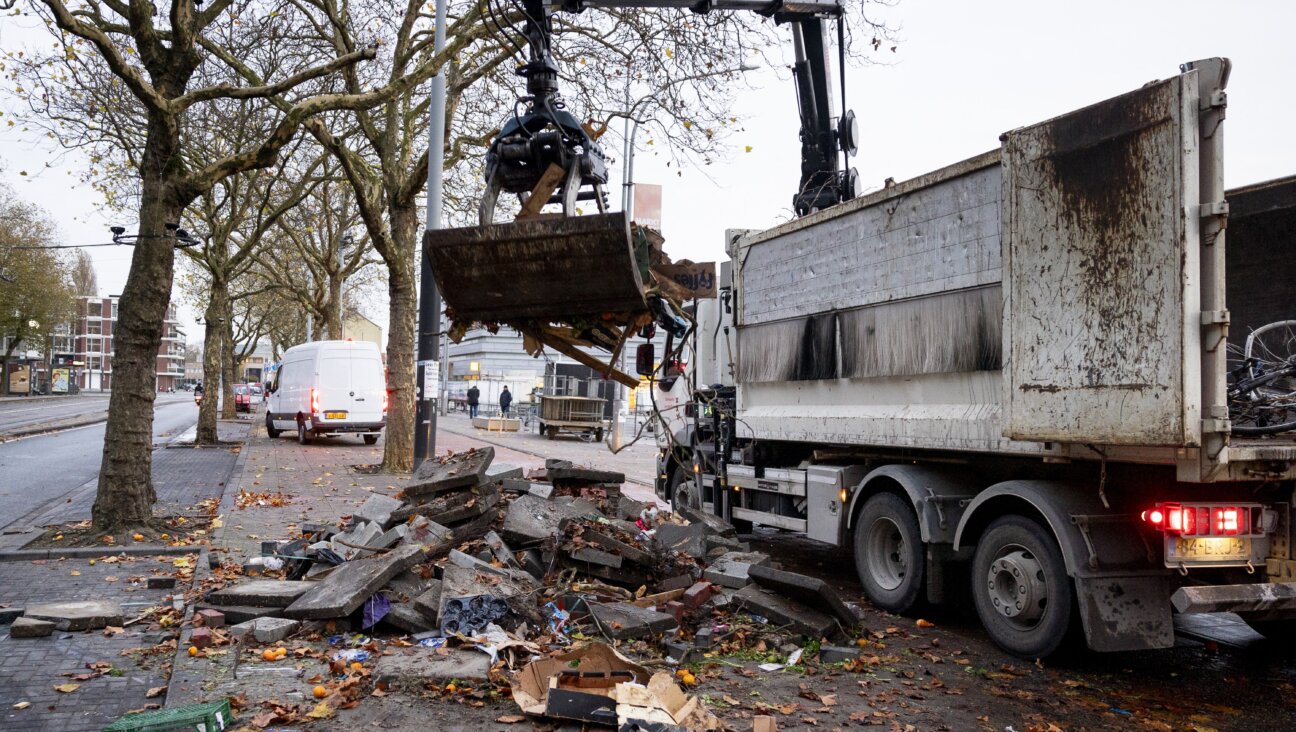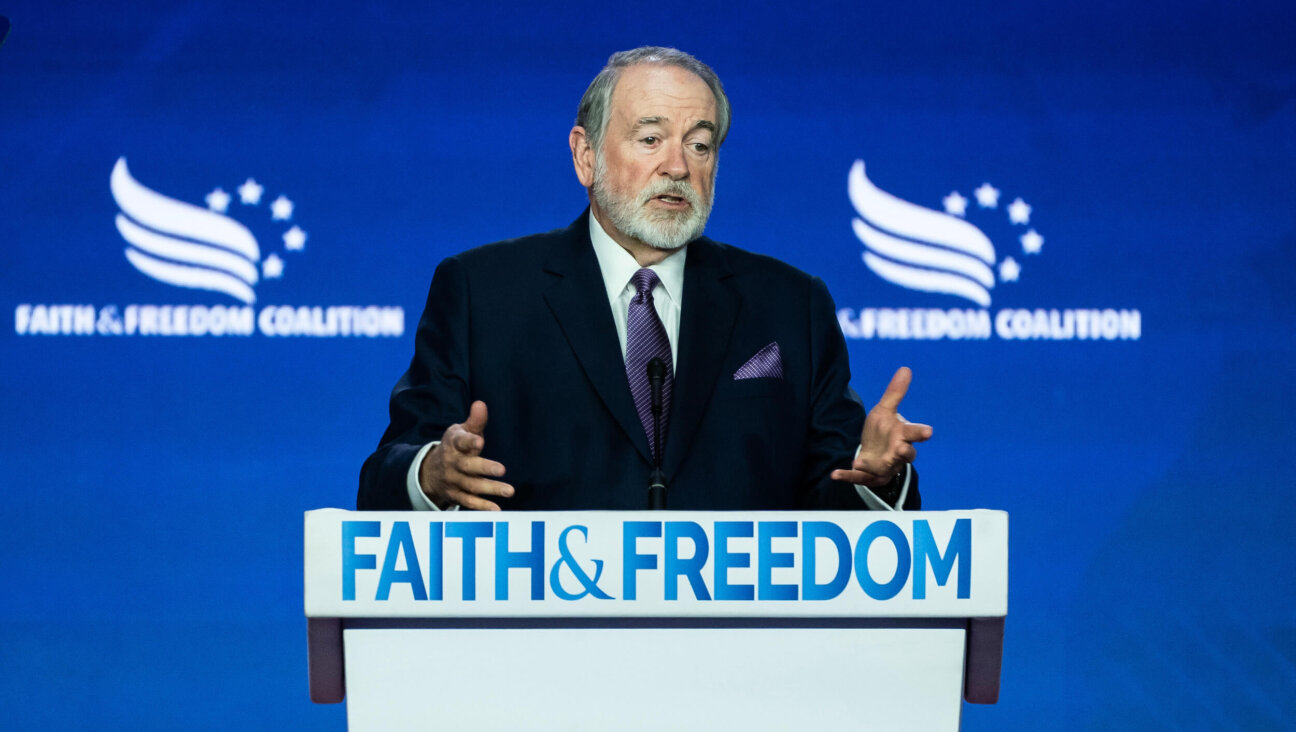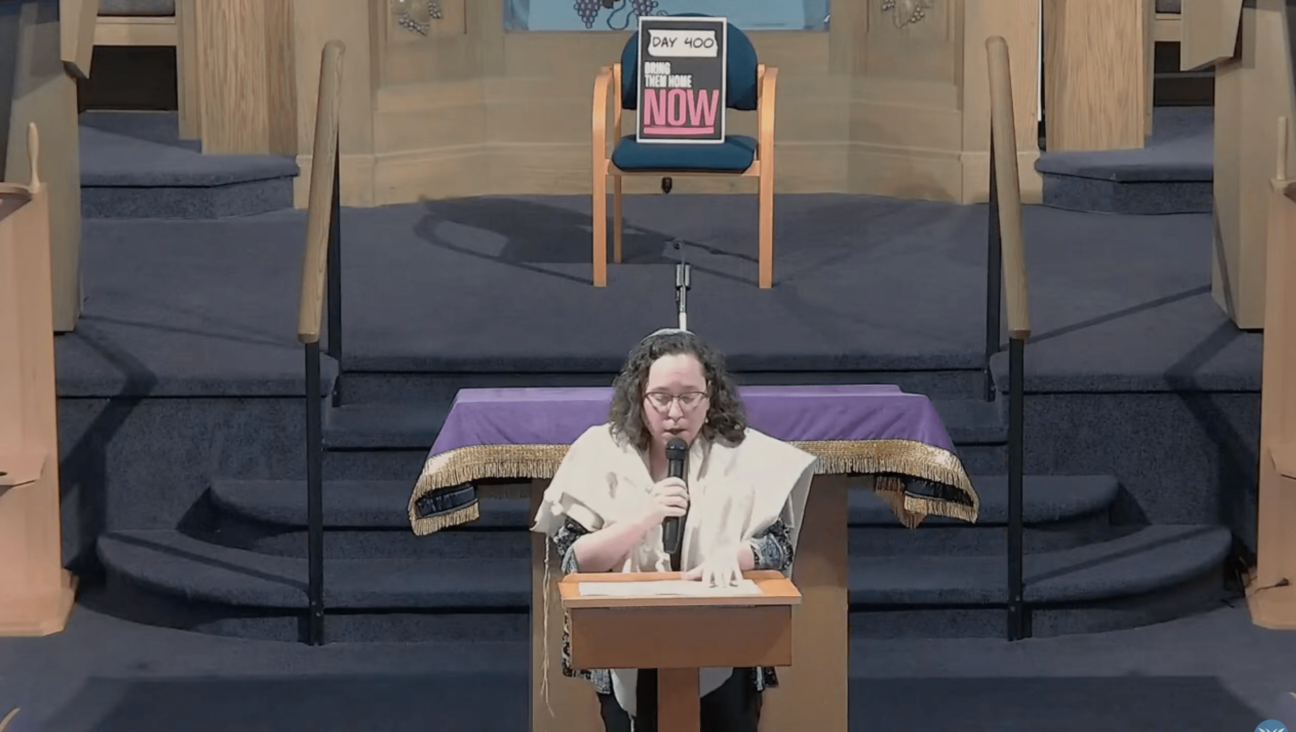In Berlin, Where the Past Is Present
The disposition — mine, at any rate — is to stop before each of the photographs of those who resisted, and were therefore murdered, and to read, word by word, the all too brief paragraph that conveys their story. Not, mind you, because the stories are either all that interesting or informative, but out of humble respect: These are the ones who dared. But one can’t, there being so many of them.
So it is at Berlin’s “Topography of Terror,” an exhaustive and exhausting exhibit of photographs of events that were conceived, planned and directed in the very place one is standing, where, during the fateful years, there stood the headquarters of the Gestapo and the S.S. This was Heinrich Himmler’s turf, and Reinhard Heydrich’s and Ernst Kaltenbrunner’s, too. The long outdoor walkway — just below one of the only remaining sections of the infamous Berlin Wall that has been saved to remind us of that perfidy, too — takes the visitor from the earliest days of Nazi villainy through the war’s end and beyond. It is meant to overwhelm, and the mien of the many visitors on this chilly and drizzly weekday morning is evidence that it does; their shock visibly grows as they proceed the length of the exhibits, and halfway through, many eyes have become teary. It is not the photographs of Hitler and Goering and Goebbels and the others that moisten the eyes, but the photos of the nameless, the humiliated nameless, the murdered nameless — the photos of the nameless and the photos of those who resisted, named, some of them Jews, many traitors to the Reich, may the memories of all be blessed.
It is Berlin’s insistence on memory, on its candid, almost naked confrontation with its own recent past and its own responsibility for that past, that has brought me here a second time. I know of no other place in the world where yesterday’s horrors are so deliberately rendered unavoidable.
In an elegant district called Grunewald there are train tracks. They are perhaps two kilometers long. They begin in underbrush and end in underbrush. On both sides of the tracks there are platforms. On both platforms, at the edge just before the tracks, there are brass plates. This was an umshlagplatz, a site for deportation, and on the plates, the endless plates, are inscribed the dates, the number of Jews deported on those dates and the places to which they were deported — the ghettos of Lodz, or Riga, or Warsaw and on and on. This was before the Wannsee Conference of January 20, 1942, when pursuit of the Final Solution was revealed to key government ministries as the formal policy of the Reich; until then, the official Nazi goal was “merely” to render Germany judenrein, cleansed of its Jews.
We stop for a time at those tracks, a slight detour from today’s goal, the elegant lakeside villa in Wannsee where, over a 90-minute lunch, Heydrich made clear to his colleagues that Europe’s Jews were to be exterminated.
It is a beautiful fall day. The foliage is brilliant, the elaborate lawns freshly mowed. One recalls the line from Bialik’s masterpiece, “In the City of Slaughter,” the poet’s epic in the wake of the Kishinev pogrom of 1903: “The slayer slew, the blossom bloomed, and it was sunny weather.” Each of the villa’s 15 ground-floor rooms is crowded with documents and photographs, not enough, not even with all the documents and all the photographs and all the testimonies in all the museums and all the libraries around the world, to make sense of this dreadful stain.
On May 10, 1933, 25,000 books were burned across the street from Berlin’s Humboldt University. Near the startling design that memorializes the occasion is an inscription from Heinrich Heine, written in 1820. “It begins with the burning of books, it ends with the burning of people.” The design is by the Israeli architect, Micha Ullman. A large translucent panel replaces the bricks with which the plaza is paved. One looks down, through the panel — to row upon row of empty bookshelves.
Yet the oath we are bound to take, the oath these things are meant to inspire — Never Again! — has turned idle, even preposterous, over these last years, so often and so recklessly has it been violated, so often have we been complicit in its violation.
This was not supposed to be about the Shoah. This was supposed to be about Germany — more precisely, about Berlin, a corner of which I have come to know just a bit. But of course, it is exactly the indelible memories that have brought me here. Our very own lingering trauma, now compounded by the traumas of others, all for one, one for all. Heine notwithstanding, I do not know how it begins, much less how it ends, if ever it does. I know small things. I know about collateral damage and about silence; I know about trafficking in human beings and about abuse of power, and these are surely a few among the ways in which it begins. I know about Darfur.
We all know about Darfur. We know the day will yet come when a clever architect, a master even, will design a memorial to the slaughtered of Darfur that schoolchildren will somberly visit. A stifled cheer for that.
I am sorry. I know we have enough problems of our own, especially these days. I know as well that our burdens are not eased by a reminder that there are others whose suffering even now, as back then, reduces ours to pastels.
This will be a hard year for the philanthropies that matter, a harsh year for their beneficiaries. But interest rates are low. Perhaps borrowing to make the year less hard for them is a down payment on making “never again” mean more than it so far has.
A message from our CEO & publisher Rachel Fishman Feddersen

I hope you appreciated this article. Before you go, I’d like to ask you to please support the Forward’s award-winning, nonprofit journalism during this critical time.
At a time when other newsrooms are closing or cutting back, the Forward has removed its paywall and invested additional resources to report on the ground from Israel and around the U.S. on the impact of the war, rising antisemitism and polarized discourse.
Readers like you make it all possible. Support our work by becoming a Forward Member and connect with our journalism and your community.
— Rachel Fishman Feddersen, Publisher and CEO






















